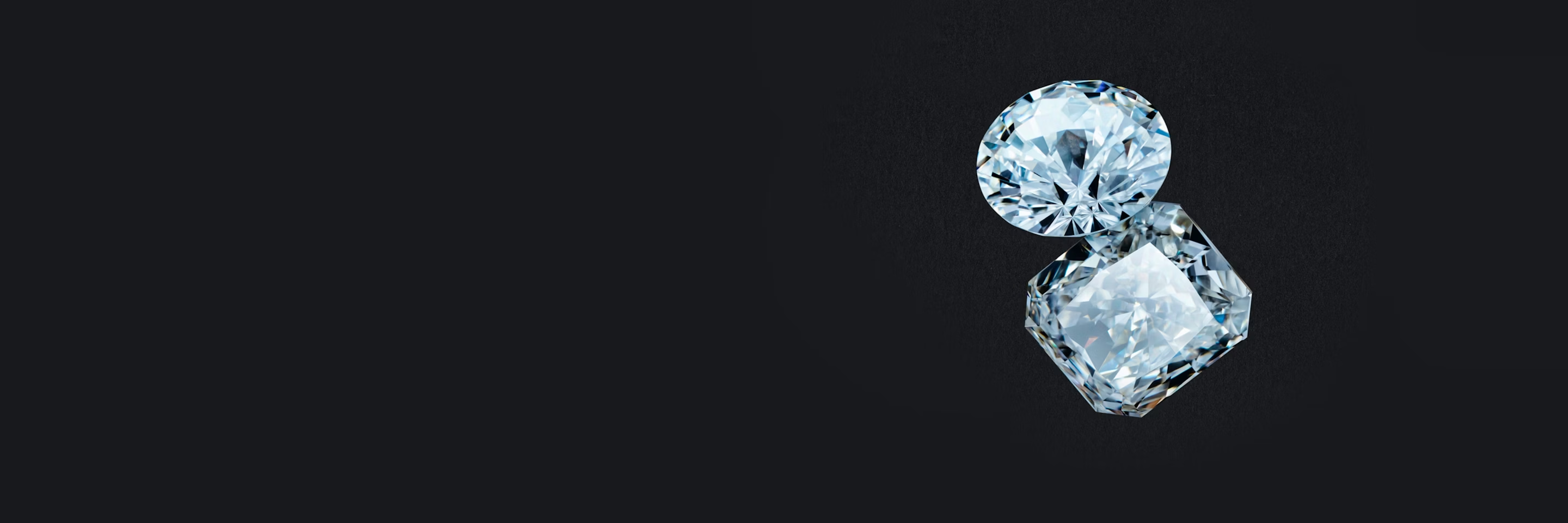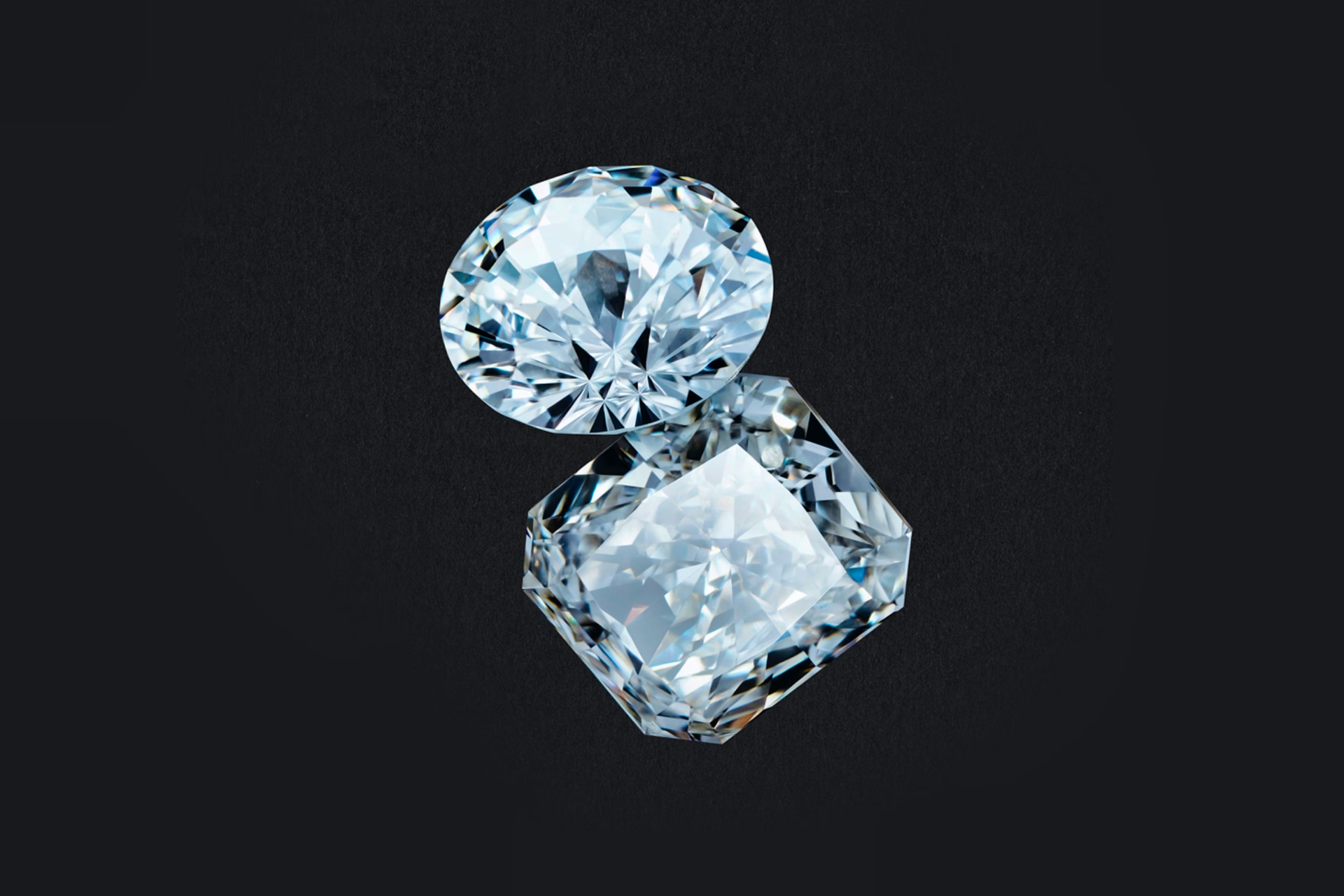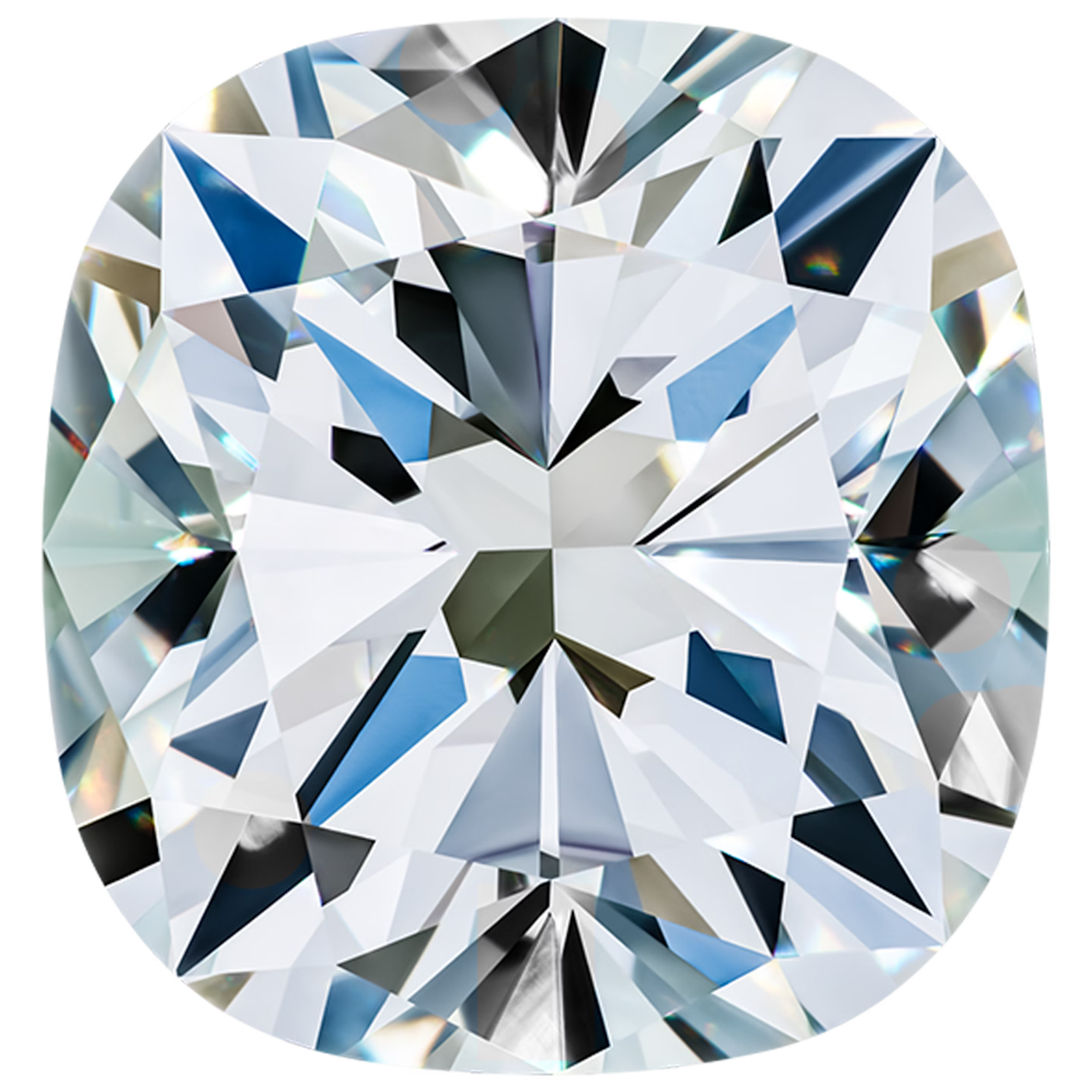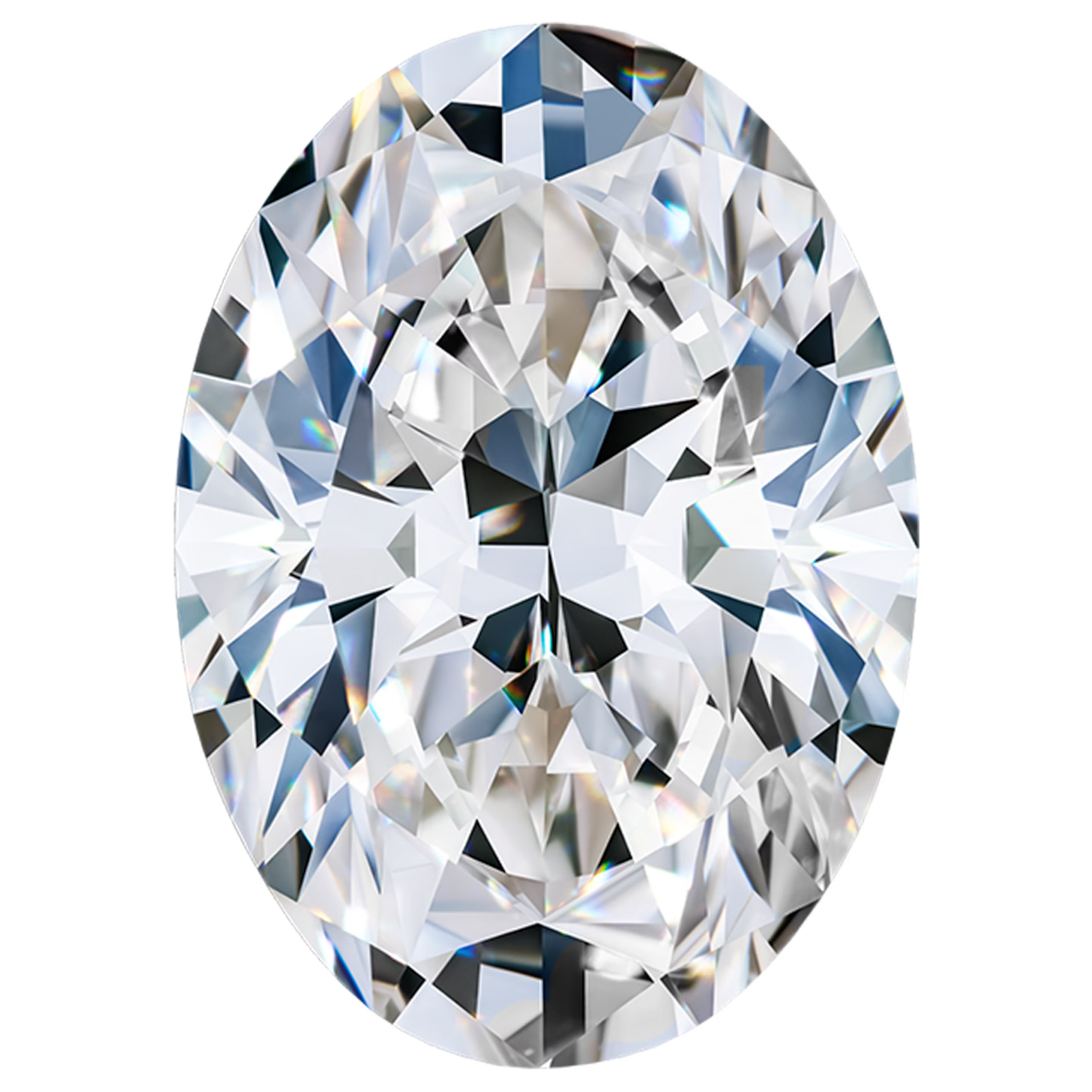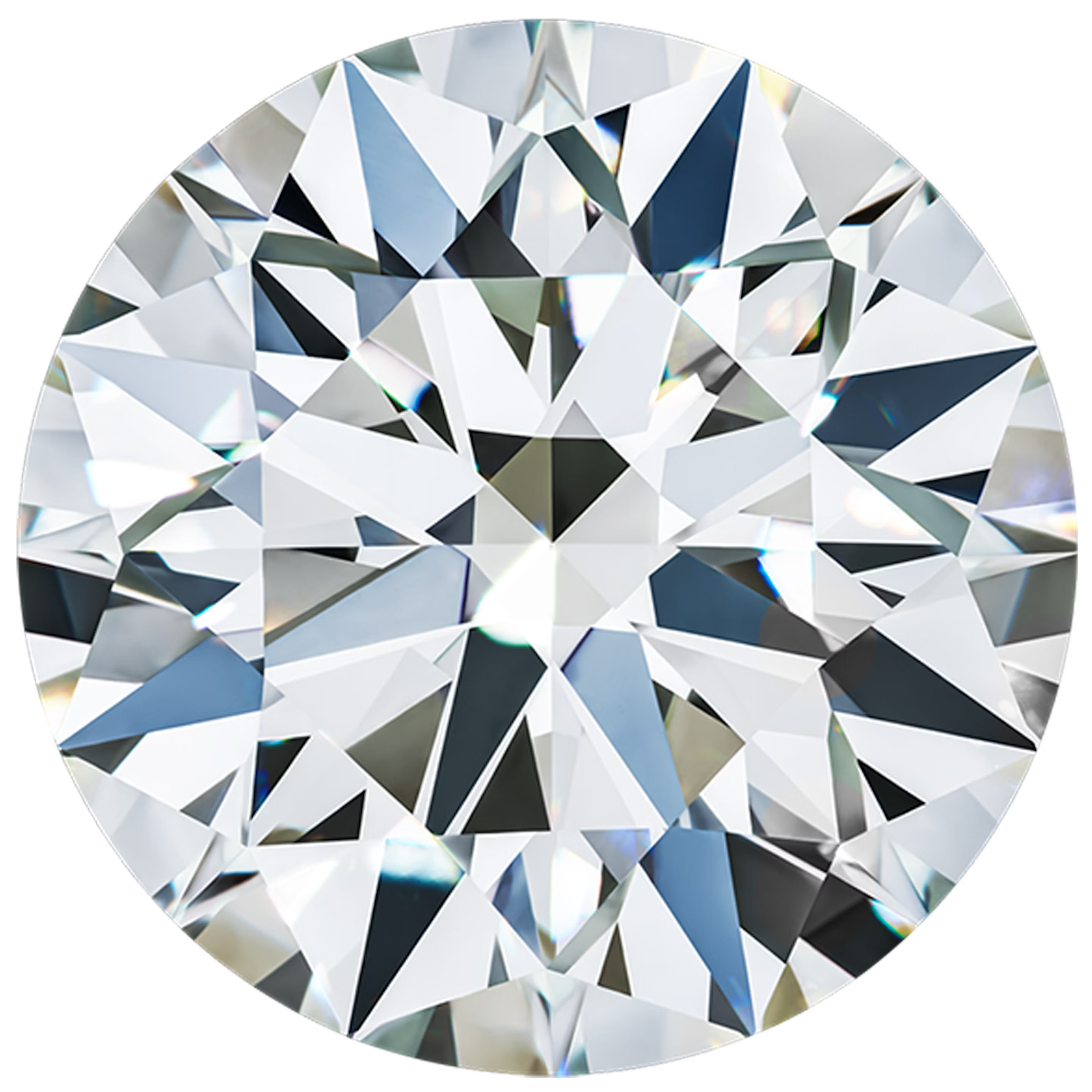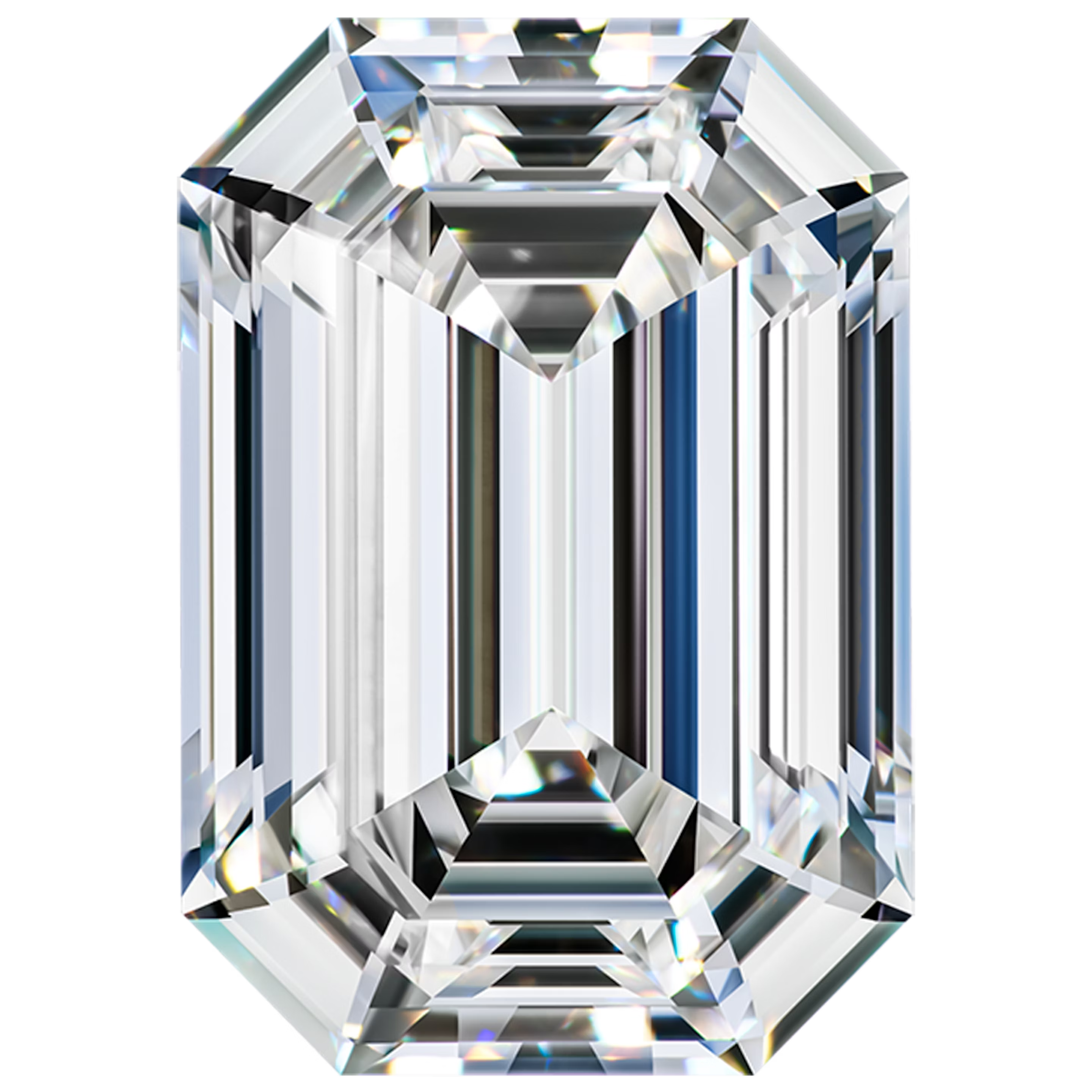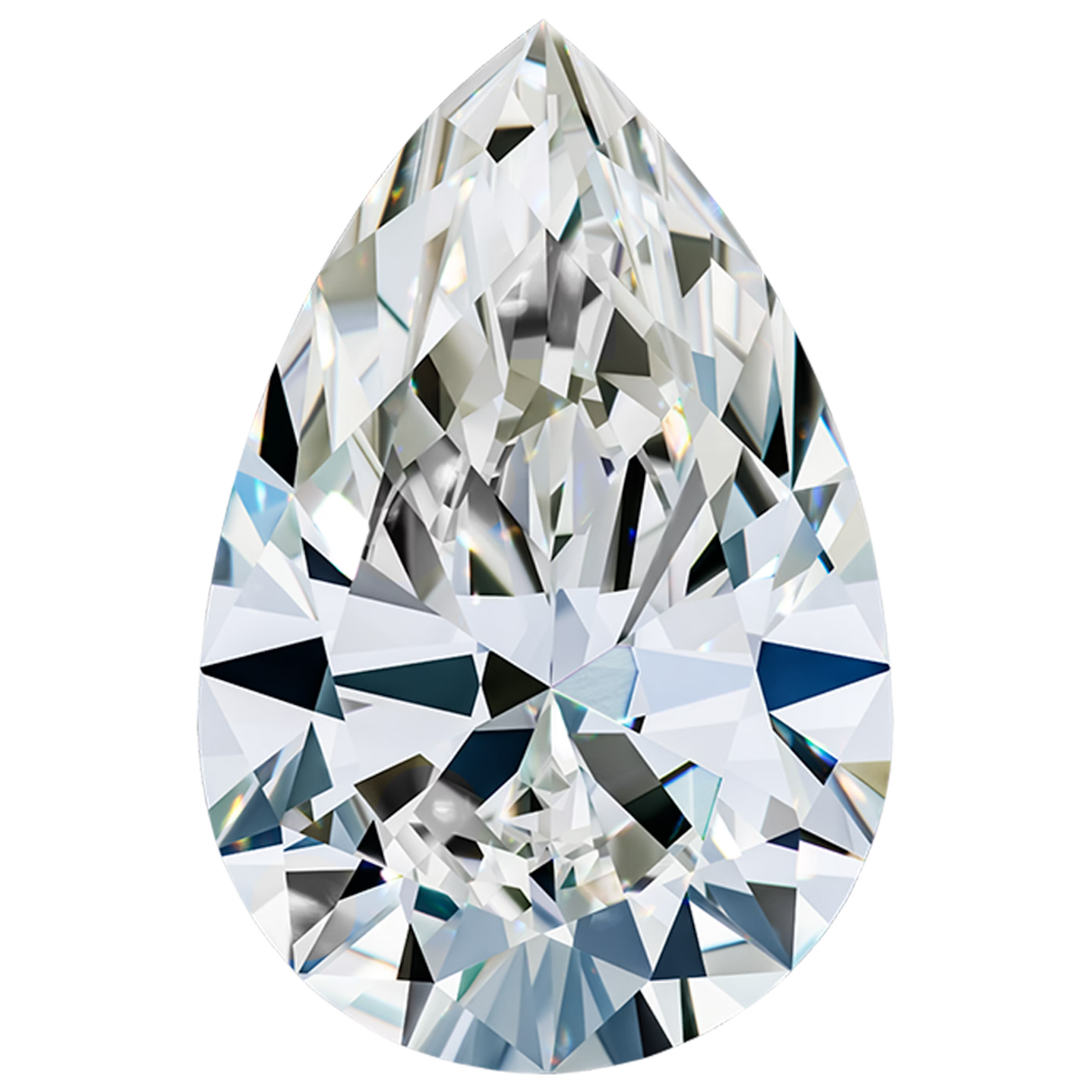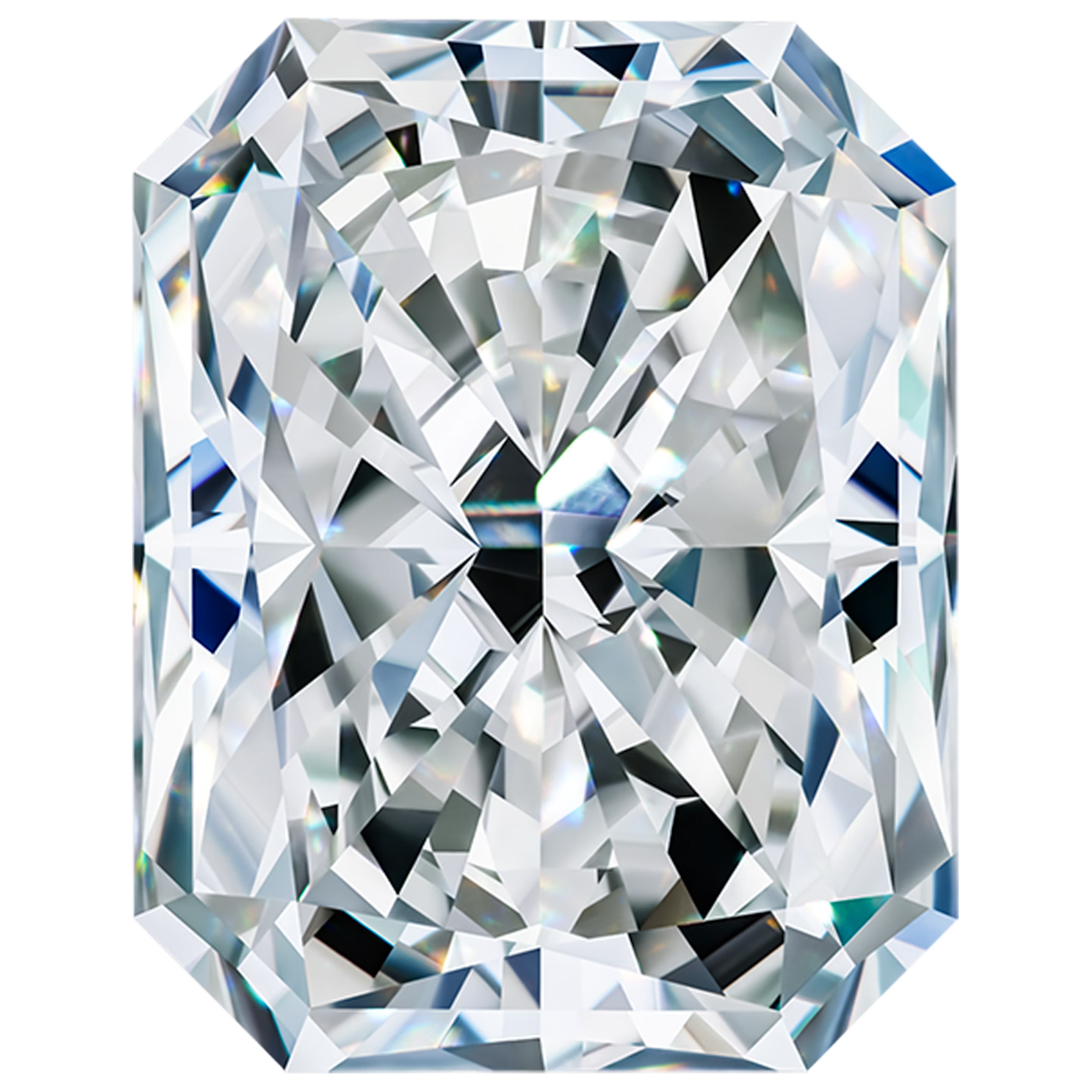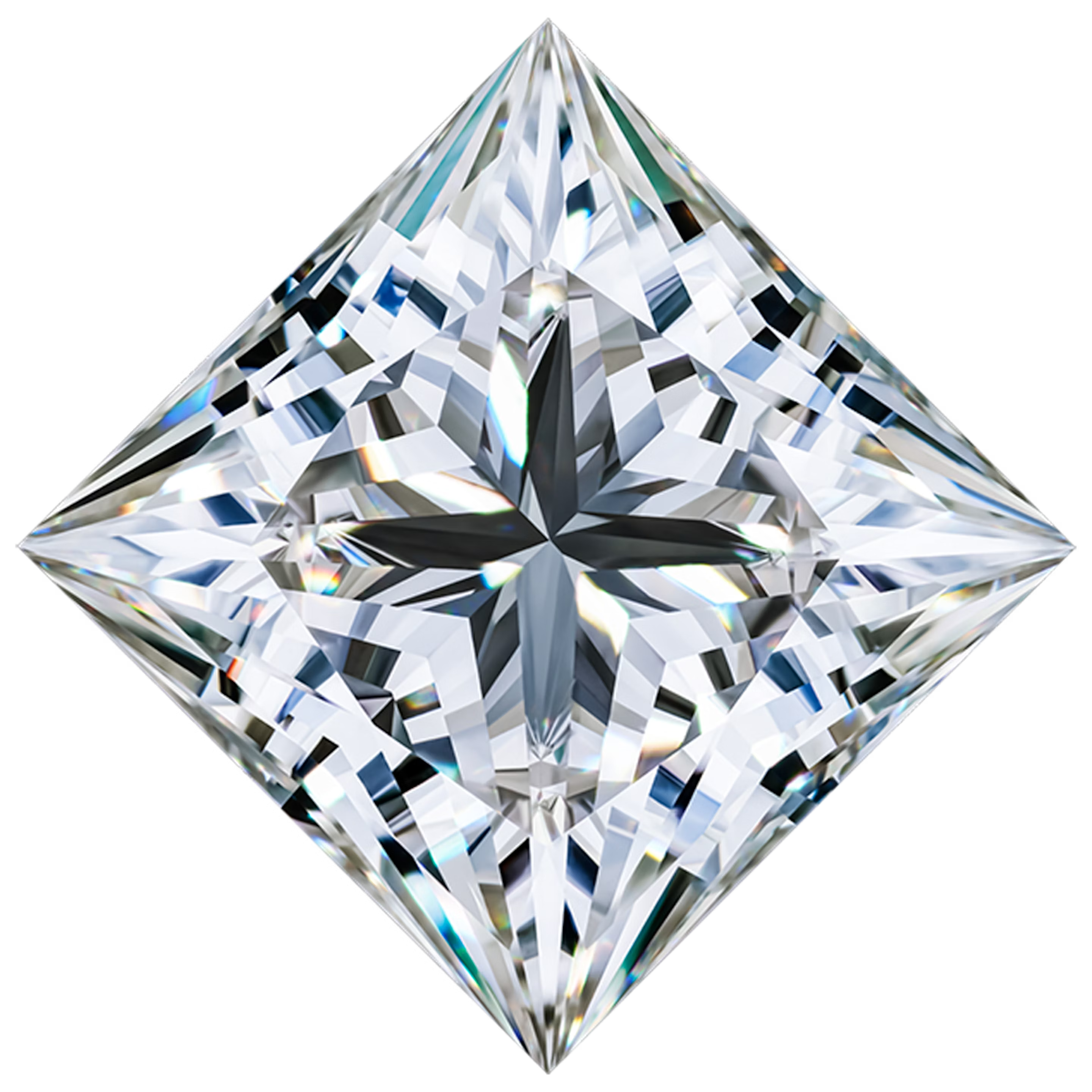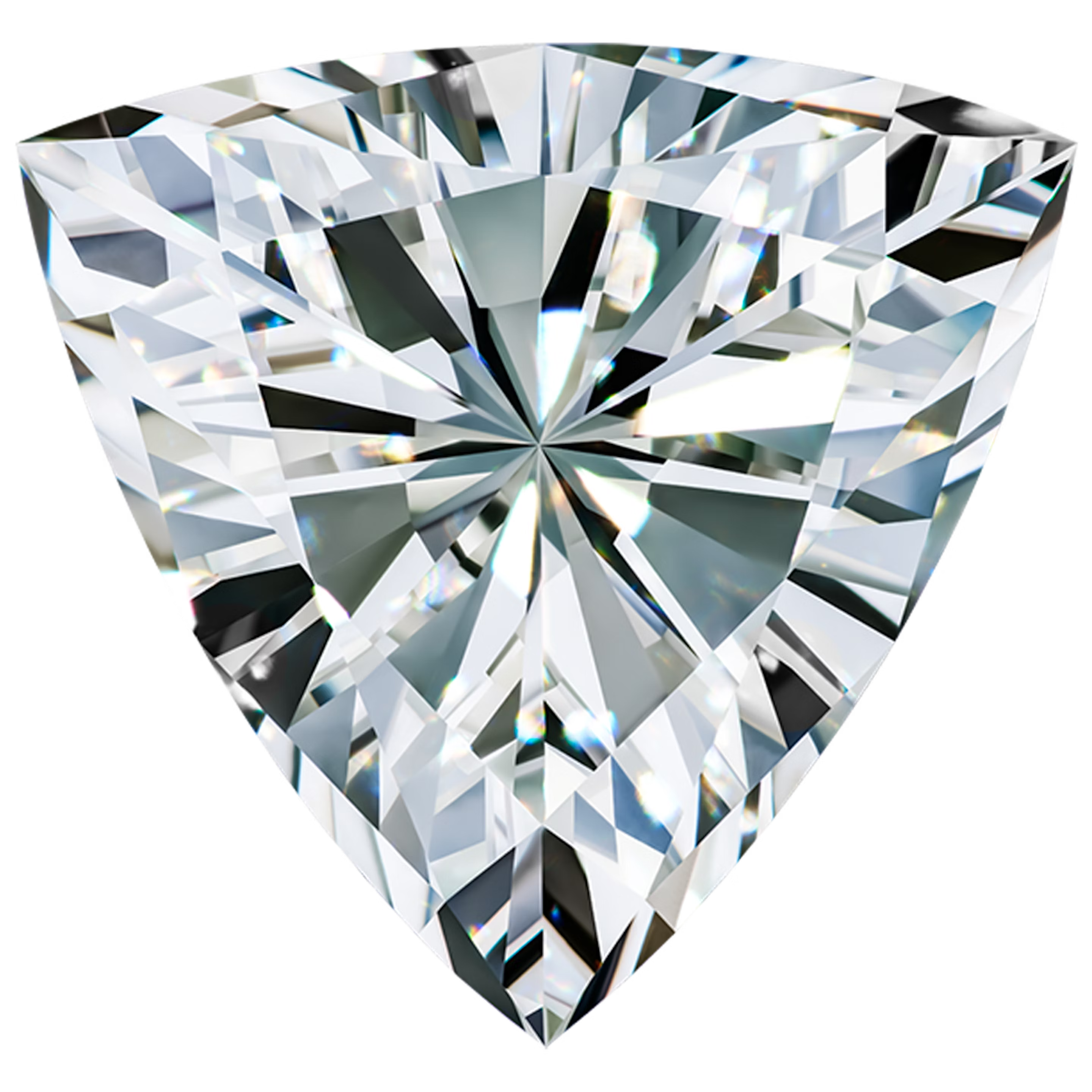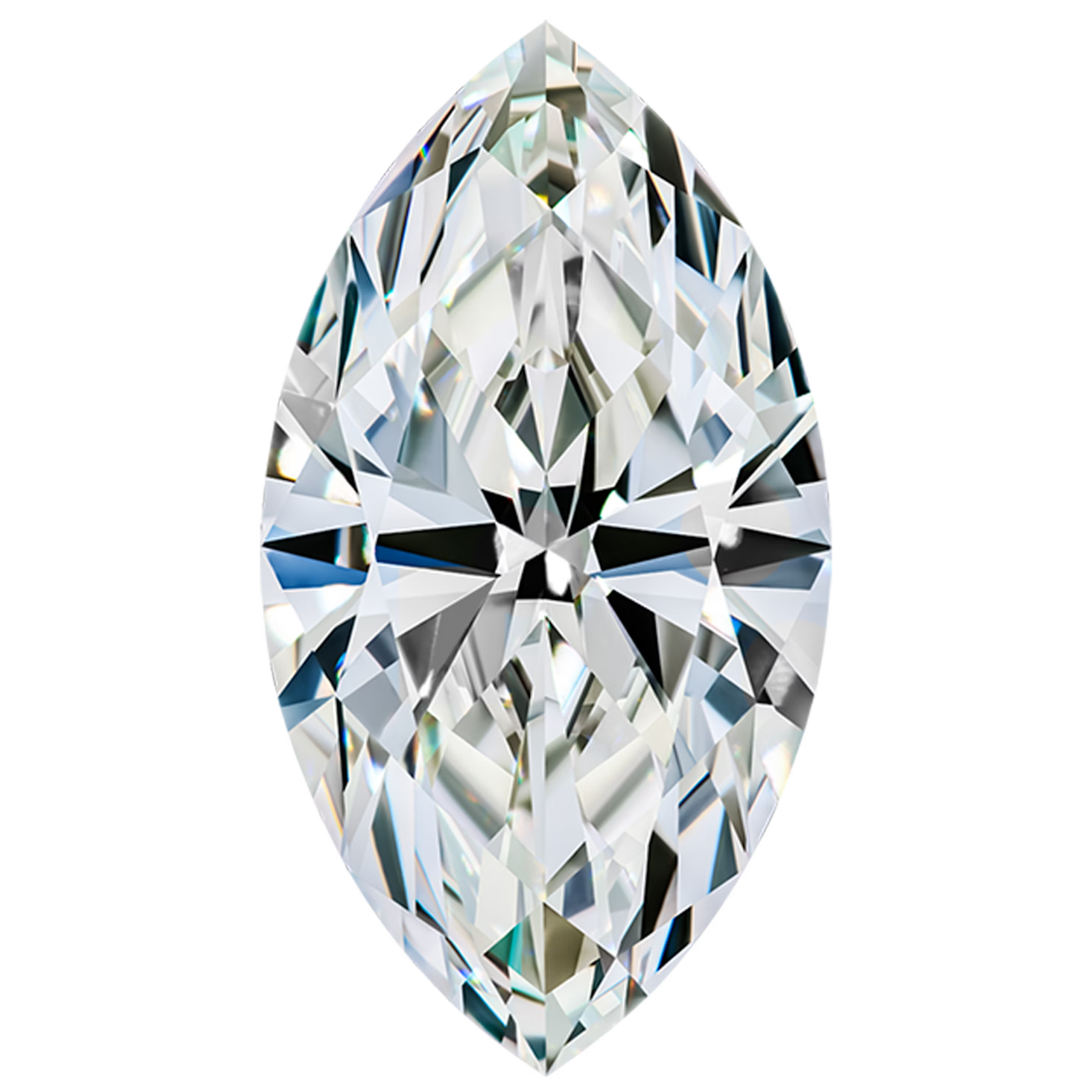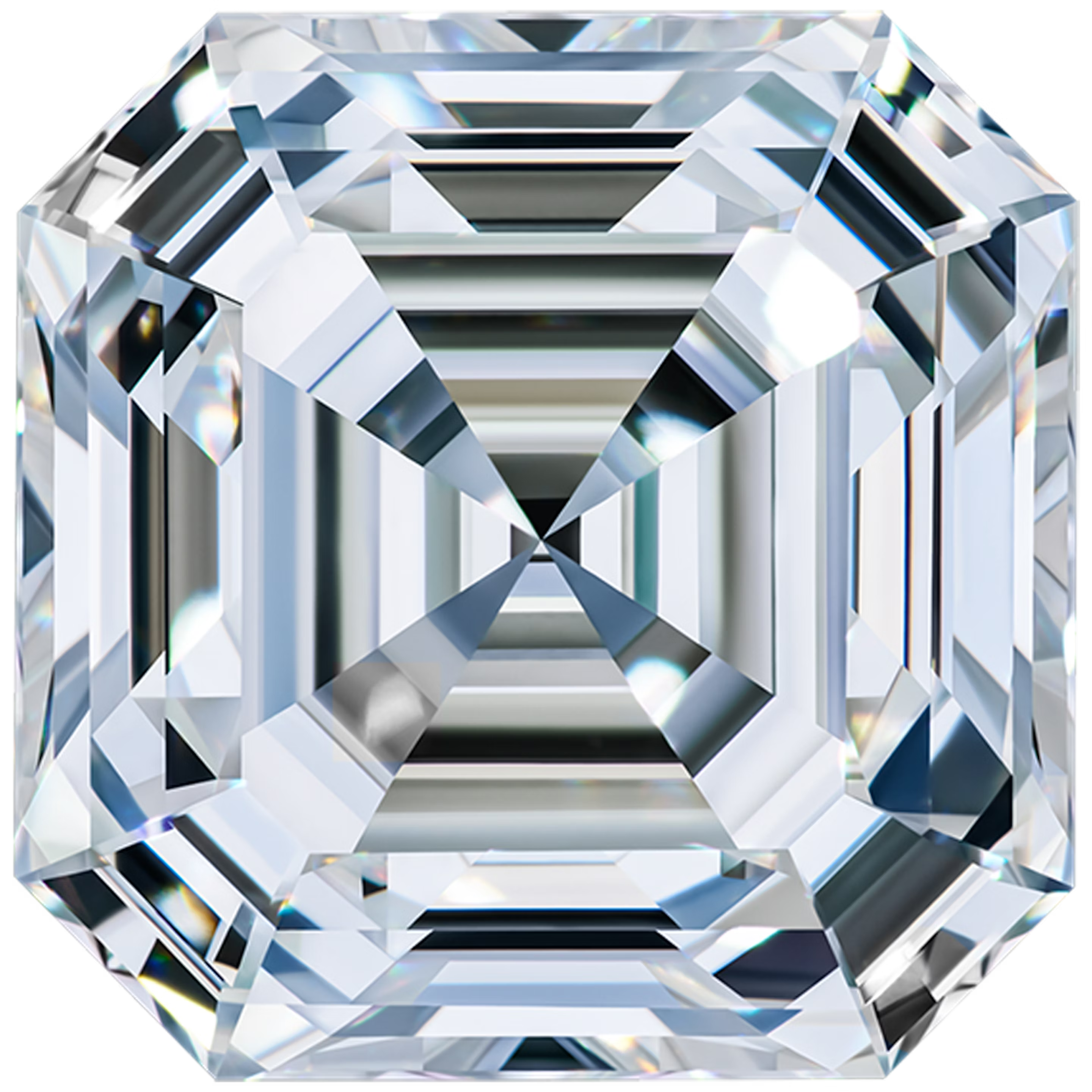Impeccable origin
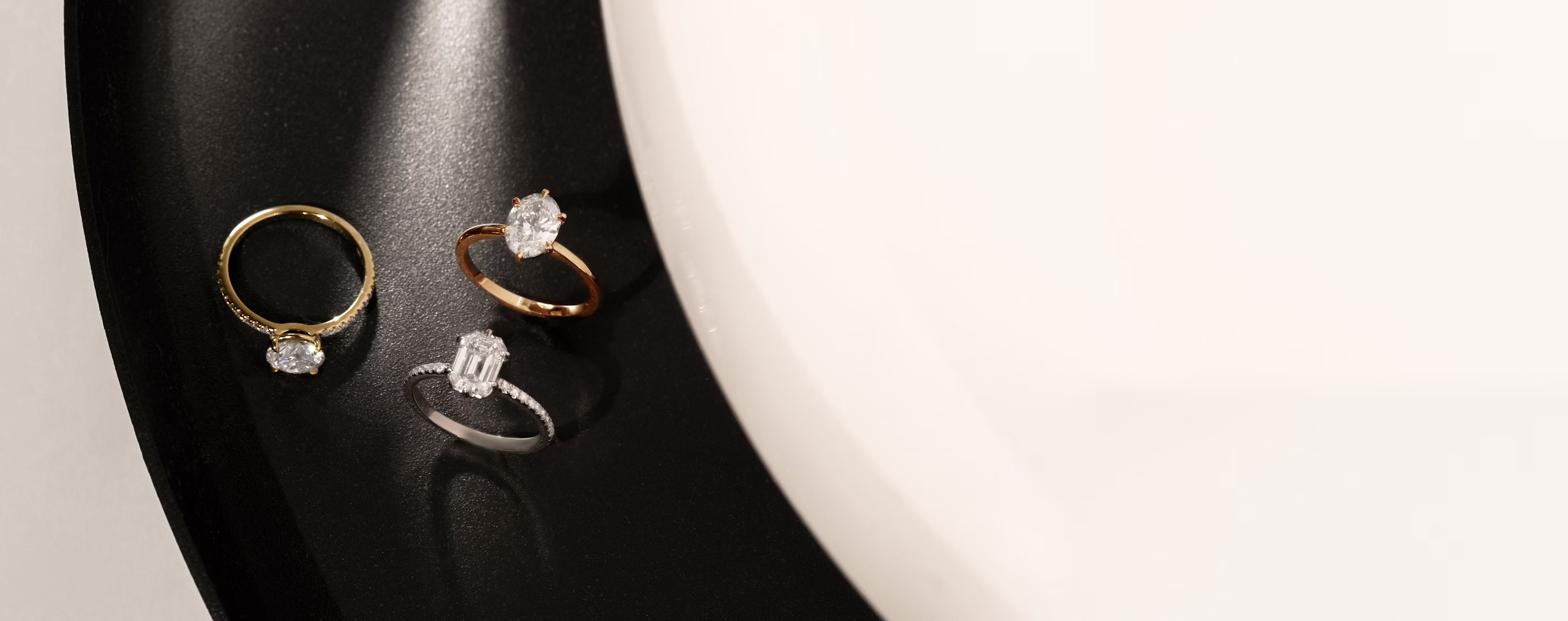
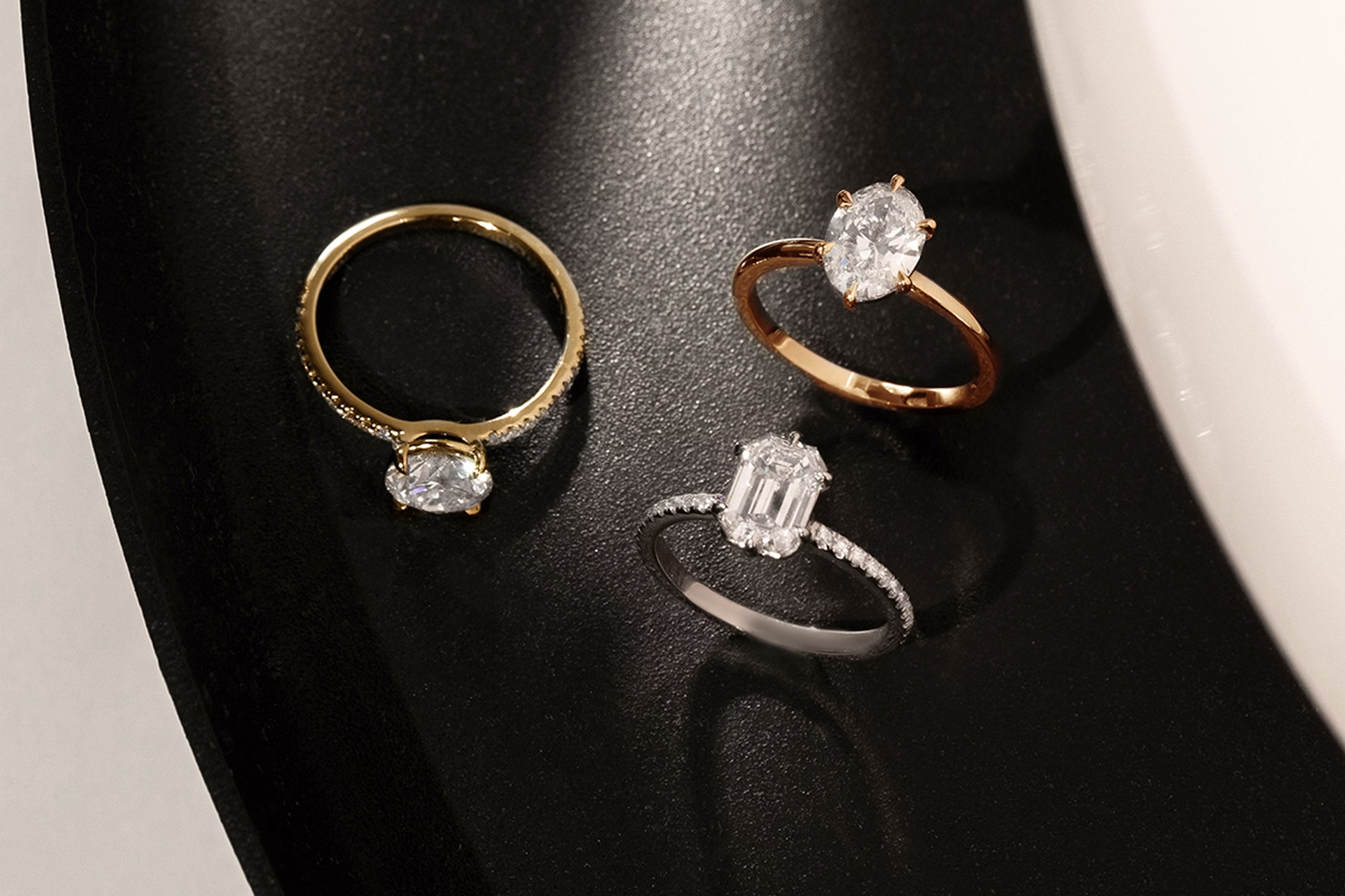
Explore diamond shapes
Diamond shapes refer to the diamond’s physical form and are usually their most distinguishable feature. Often chosen based on personal style, a diamond shape is a symbol of self-expression.
VRAI engagement rings and fine jewelry highlight timelessly elegant diamond shapes that are an unprecedented expression of craftsmanship.
Diamond shapes refer to the diamond’s physical form and are usually their most distinguishable feature. Often chosen based on personal style, a diamond shape is a symbol of self-expression.
VRAI engagement rings and fine jewelry highlight timelessly elegant diamond shapes that are an unprecedented expression of craftsmanship.
